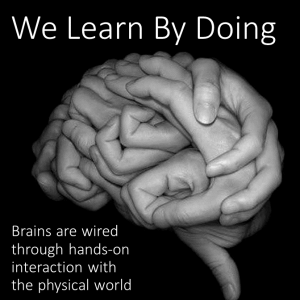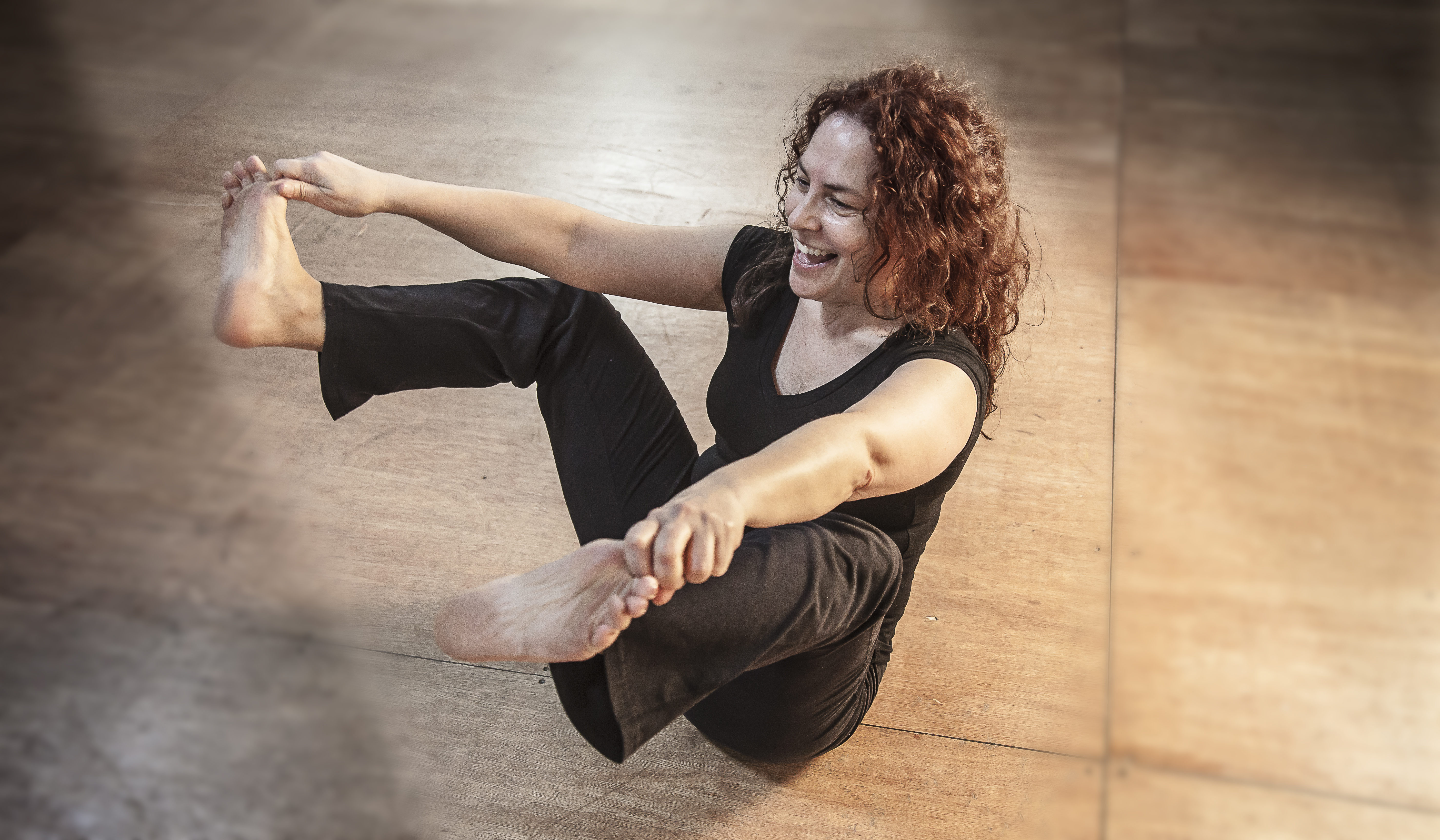What is the Feldenkrais Method?
 The Feldenkrais Method was developed by Dr. Moshe Feldenkrais (1904-1984). The Feldenkrais Method is a unique method of somatic education. Students can learn to use themselves in an intelligent way by improving the way they organize themselves for movement and action.
The Feldenkrais Method was developed by Dr. Moshe Feldenkrais (1904-1984). The Feldenkrais Method is a unique method of somatic education. Students can learn to use themselves in an intelligent way by improving the way they organize themselves for movement and action.
For over 40 years Moshe Feldenkrais studied and researched different fields like biomechanics, brain science, psychology and education. Feldenkrais observed that if a movement does not function well is due to missing information in the brain map. He found, that when a part of our body is injured, its representation in the brain map becomes smaller or disappears. In other words, when our movement habits fail us, causing us pain or discomfort it is a result of not knowing how to organize a simple movement like getting up or walking.
Feldenkrais further argued that our movement habits developed throughout our lives are not hard-wired, as it were. We are often misled to think and treat them as if they are due to their compulsive, automatic use. Instead, due to the plasticity of our nervous system, Feldenkrais argued, patterns once learned in childhood could be re-learned, refined and change. In this context, the question for Feldenkrais became how to feed the nervous system with new information and stimulate its plastic properties by way of a learning process that increases awareness of movement.
By making finely tuned, slow differentiated movements while exerting minimum effort and paying close attention when doing so, one starts becoming aware of their movement patterns.The observation process allows the system to start making distinctions and to begin altering itself, enabling the making of more refined brain maps. As a result, each part of the body is experienced more clearly and the student develops a sense of alignment and coordination through a better use of the internal structure of the skeleton rather than overworking certain muscle groups. Overall, the student develops a clearer self-image of what it entails to mobilize his whole self for action.
Feldenkrais firmly believed that in the way we move, our sense of self, our behavioral patterns,the way we relate to others and our attitude towards the world, is also expressed. He argued, that for every individual there is a unique tuning between sensing, feeling, thinking and moving that makes up his or her self-image. Feldenkrais observed that as we learn to acquire different options on how to organize movement, we also acquire different options of how to engage with the world;the increased sense of awareness of how we progress from intention to movement often breaks the circle of compulsory action acquired by the habitual use of the self and can influence all aspects of the student’s life.
These ideas have great implications when it comes to the unique attitude a Feldenkrais practitioner adopts in a lesson.The intention in the lessons is not to “fix” or “treat” the student but how to create a context for individual learning. An important factor in this process, is the non-corrective and precise character of the verbal or tactile guidance given from the teacher, in group and hands-on lessons respectively.
Read more at http://www.feldenkrais.com
